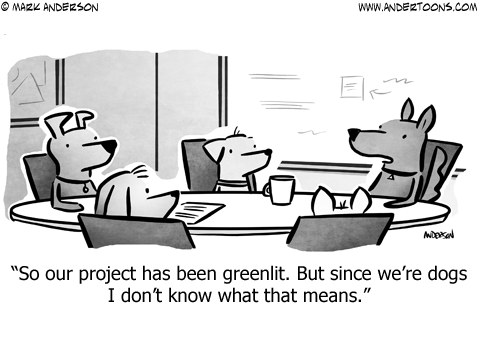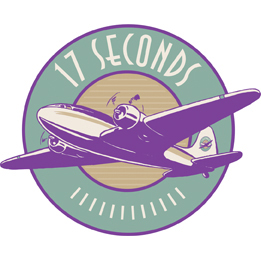17 Seconds #41

The most important thing for startups to do is to inject IP thinking into their product launch process. Before any new product (or an improvement to an existing product) is launched (i.e. sold, offered for sale, publicly used, or publicized), you should consider whether or not to file patents. For patents, file before launching the product to preserve both U.S. and foreign rights.
After your first U.S. patent is filed, you have one year to decided whether to file foreign patents based on the U.S. patent. The most common way to do so is to file a Patent Cooperation Treaty (PCT) application before the one-year deadline, which then buys you 18 months (or more) of time before you have to file national application in the jurisdictions of your choice.
So a typical (and conservative) timeline for a U.S. provisional patent application filed today would be as follows:
- 2017-10-17 – file U.S. provisional patent application (filing/priority date)
- 2018-10-16 – file U.S. nonprovisional patent application (filing date plus one year minus one day)
- 2018-10-17 – file PCT patent application (filing date plus one year)
- 2020-04-17 – file EPO patent application (30 months from priority date)
- 2020-04-17 – file Chinese patent application (30 months from priority date)
A U.S. provisional patent application and a PCT patent application both buy you time – like filing an extension on your tax returns. And just like smart businesses take advantage of tax laws, smart businesses take advantage of patent laws.
So before you greenlight your next project, think about patents!
17 Seconds is a publication for clients and other VIPs of Clocktower Law. Email version powered by MailChimp and the beat of a different keyboard player.


